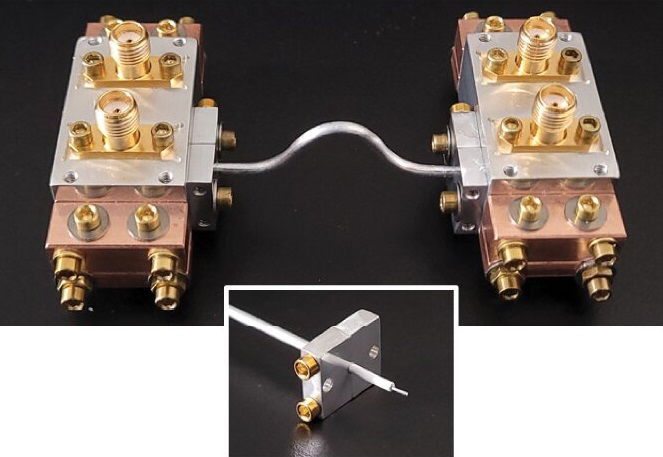
Quantum computers hold the promise of solving complex problems far beyond the reach of today’s machines.
But building one isn’t easy—especially when it comes to managing millions of tiny units called qubits.
These qubits are the building blocks of quantum information, but they’re extremely fragile and hard to handle all at once.
That’s why scientists are now turning to a concept most of us know from childhood: modularity.
Think of building a quantum computer the same way you’d build a LEGO castle—by connecting small, high-quality pieces together instead of trying to make one giant structure all at once.
A research team from The Grainger College of Engineering at the University of Illinois Urbana-Champaign has taken a big step in this direction.
They’ve developed a new modular method for building superconducting quantum processors—one of the leading types of quantum computers.
Their findings were recently published in Nature Electronics and offer a new path toward scalable and reliable quantum machines.
Traditional quantum computers built as one big unit, called monolithic systems, have serious limitations.
They can’t be made very large without performance problems, and once everything is connected, it’s hard to fix anything that goes wrong.
Modularity solves this by allowing separate parts to be built, tested, connected, and even replaced or rearranged if needed. It also opens the door to upgrading hardware in the future.
Wolfgang Pfaff, the senior author of the study, said the team wanted to build a modular system that would allow different parts to connect easily and still perform at a very high level.
In their setup, two separate devices were connected using superconducting coaxial cables, which allowed the qubits inside to “talk” to each other.
The key test was whether this communication could be done accurately. The team measured the performance of a process called a SWAP gate, which lets two qubits exchange information. Their setup achieved about 99% fidelity—meaning only a 1% error rate—which is extremely good in the world of quantum computing.
Just as importantly, this modular system can be taken apart and reconfigured. That means engineers can find and fix problems without having to rebuild the entire machine from scratch.
Pfaff and his team believe this modular strategy is exactly what the field needs to keep growing. Their next challenge is to connect more than two modules while keeping the same high performance.
“Now we need to put it to the test,” Pfaff said. “We’ve shown that it works in small pieces—now it’s time to see if we can scale it up.”



